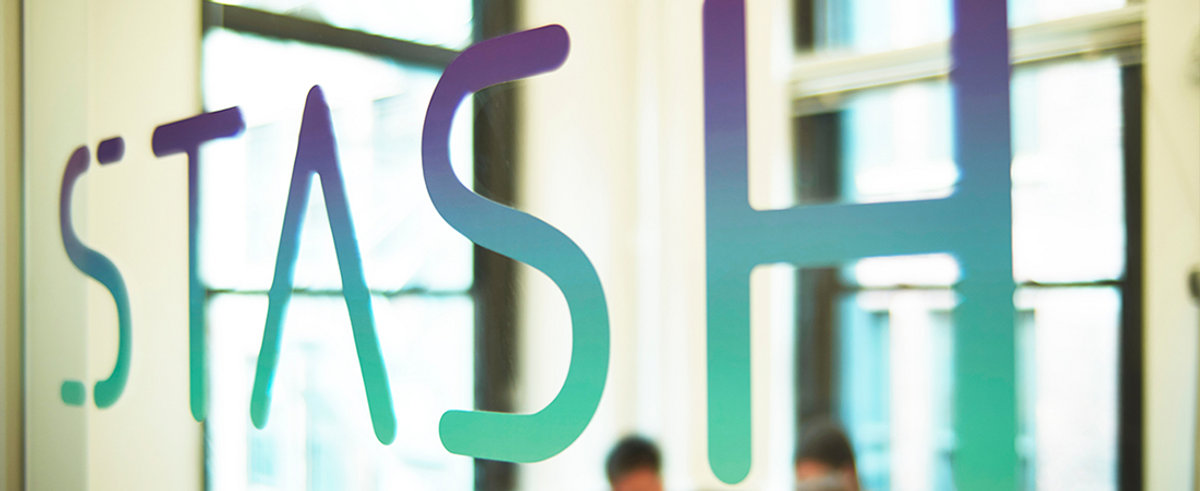Below is an article originally written by Jeremy Quittner at PowerToFly Partner Stash, and published on May 26, 2017. Go to Stash's page on PowerToFly to see their open positions and learn more.
I've written about small business, startups, and financial technology companies for most of my career as a journalist. And now I'm working for Stash.
So how on earth did I get here? The answer is pretty simple.
The media industry is shrinking. After working for years as a writer for some of the best-known magazines in the U.S., I decided it was time to take my skills elsewhere and try something new.
It seemed to me that startups, and particularly fintech startups like Stash, represent growth. Globally such companies pulled in $17 billion in venture capital in 2016, an 11% increase compared to 2015, as Forbes reports. Stash is one of these companies, and its own organic growth–it's closing in on three quarters of a million customers–since launching has been impressive.
Stash's mission–helping consumers without a lot of money or experience with investing learn sensible ways to put money into the markets–appealed to me. I also thought working at Stash developing content for investing customers, would be a good way for me to put my skills as a journalist to work, while learning first-hand how fintech companies scale.
Notes on my first week working at Stash
Before starting, I had a flash of panic that my new job might resemble scenes from Dan Lyon's book Disrupted, with me feeling stupidly out of place in a frat house atmosphere of beer pong and nerf fights and bouncy ball chairs.
Happily this has not turned out to be the case.
It could be the company's mature atmosphere reflects its roots in the highly regulated financial services space. More likely, it's an indication of the company founders' experience: Both Brandon Krieg and Ed Robinson had either started other companies or had previous careers in finance before launching Stash.
About the only hat-tip to Silicon Valley-esque culture seems to be the kitchen stocked lavishly with snacks and a dedicated pump for cold brew coffee–that last detail never ceases to impress me.
The majority of Stash's employees may be younger than me and many of my journalism colleagues, but they're really smart and motivated, and they take what they're doing extremely seriously. Their sense of excitement about building a company focused on something new in Fintech is palpable from the moment you walk in the door.
Growth and ideas
And because the company is still small, it doesn't have the rigid hierarchy customarily found at big enterprises. The company executives work alongside everyone else, and they circulate around throughout the day, checking in and asking plenty of questions. Everyone's focused on increasing the rapid growth of the company, and employees are encouraged to share and test out new ideas on a daily basis.
In the course of my first few days, my colleagues have pulled me into marketing meetings that introduced me to new concepts about how content can be linked to customers, while others have asked me for input on naming soon-to-launch investment products. Engineers have asked for feedback on the latest features they've designed to improve the app.
Most of this is novel to me. In fact, I'm in an entirely new world. And that's exactly where I want to be.
I'm grateful for all I've learned, writing about startups and entrepreneurship for publications at some of the largest media enterprises in the world. Now I'm really excited to help a small company with a great idea grow into something really big.



